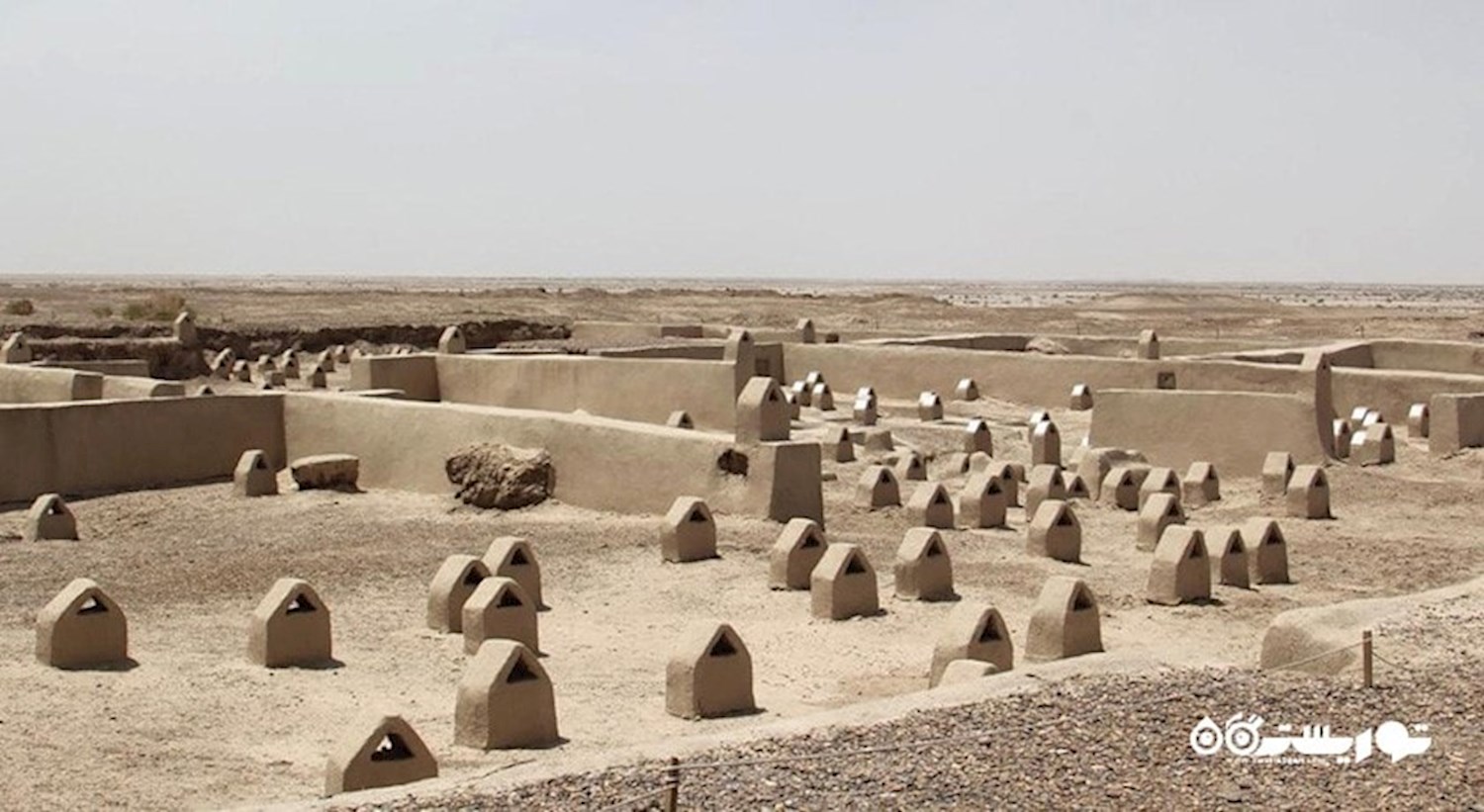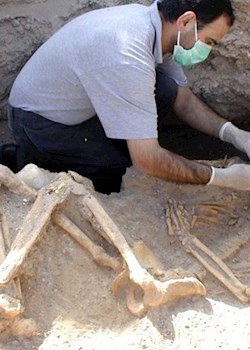Attractions
Shahr e Sukhteh
Shahr-e Sukhteh
The Burnt City has many ancient attractions that leave tourists in awe and encourage archaeologists to discover its ancient secrets. The history of this city goes back something like 3 thousand years before Christ. We are talking here about a city that has tasted the hot and cold times and has been brought to its knees by the merciless hand of the spinning wheel.
The Burnt City undoubtedly had its glory. Still, since there is no lasting glory in this world, this city also succumbed to the power of mother nature. These days not only is there no news of its glory, but even the ruins of this city cannot withstand the force of nature and are on the verge of destruction.
If you want to know where the city is and why this name knows it, stay with us to tell you about this city.
The largest ancient city in the world
It must be admitted that among all the works and sights around Zahedan, the Burnt City is one of the oldest sights in Sistan and Baluchistan. Historians and archaeologists believe that about 6,000 years ago, people lived in this city peacefully and happily.
The history of the creation of the city goes back to the Bronze Age. It is interesting to know that according to archeological findings, Iranians and Iraqi people were the first civilizations to make their essential life tools from bronze.
The city not only has many historical attractions but also is in a high rank anthropologically. This city is considered one of the largest ancient cities in the world in terms of area. It is interesting to know that one of the largest and oldest historical cemeteries is located in Burnt City.
This cemetery is considered one of the Middle East's most important Bronze Age cemeteries. It is said that there are nearly 30,000 graves in this cemetery, and a large number of graves in this cemetery speaks of the importance of the city, as well as the size of this city in the settlement of the people of that time.
Traces of Iranian civilization through time
Archaeologists consider the historical age of the burned city to be equal to the civilization of Jiroft and speak of a city where its people lived for many centuries. For this reason, the city's historiography has been divided into four different periods. In each of these four periods, we are facing a part of the history of this city.
It is interesting to know that the first part of the city's historiography is dedicated to the construction and creation of this city. Since the construction of the burned city took place over a long period, various historical events are attributed to this time. The next period of the historiography of the Burnt City goes back to the growth and expansion of this city.
During this time, the city witnessed significant architectural and commercial developments. Just as the passage of time has proven that every rise has a fall, the city also enters a period of stagnation and ruin after a period of growth and expansion. This period lasted for many years until finally, with the beginning of the era of destruction, the people living in this city gradually left it, and the glory of the city ended forever.
The communication highway of traders
The presence of artisans and craftsmen in this city on the one hand, and its agricultural and commercial prosperity on the other hand, had turned the Burnt City into a center for trade and business. Also, the roads leading to this city became a highway for transporting goods.
The regional climate and the large volume of goods exported and imported to this city made the people of this region think of using camels for transportation for the first time.
The boom in trade also led to the construction of various caravanserais in this city. Even though many parts of the burned city have been destroyed, there are still courtyards and corridors in its corners, which were clearly built for the rest of the horses and camels of travelers.
Fire or war: the cause of the burning the Burnt City
From the beginning of reading this text, we are sure that you have wondered why we know the burnt city by this name and the secret behind its wonders. At the very beginning, let us put your mind at ease. Archaeological knowledge has yet to reveal the secrets of the city. And not only the name of this city, but also many other wonders of the Burnt City are in an aura of ambiguity to the point where we see many differences among archaeologists and historians regarding the name of this city.
Apparently, in the initial excavations conducted by foreign archaeologists in this area, extensive layers of ash were discovered in different parts of the city. Since these layers can be seen in most parts of this region, archaeologists chose the name of the burnt city for this ancient city. On the other hand, archaeologists believe that this city has passed a difficult time and was completely burned twice.
The attractions of the burnt city
In the following, we mention two of the attractions of this city
Artificial eye
Tourists who are very interested in the secrets of the Burnt City have heard the story of the artificial eye of this city and are well informed that a female skeleton with an artificial eye was found in one of the cemeteries of this city. This skeleton is considered one of the city's wonders and one of the city's most mysterious secrets. This artificial eye was found in a skull in one of the graves of this region in 2005.
Burnt City Cemetery
When we talk about a city that is several thousand years old, we are dealing with a city with many untold stories. Of course, over time, archaeological discoveries will reveal the wonders of the burnt city. On the other hand, since there is a lot of archaeological information in the cemeteries and we are dealing with many cemeteries in the burnt city, these cemeteries have become a place full of new archaeological and historical resources.



